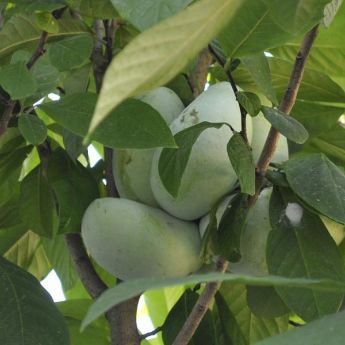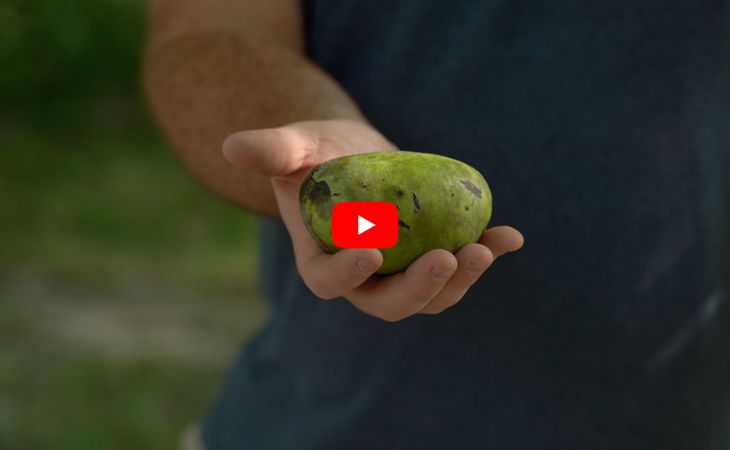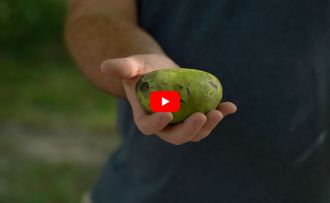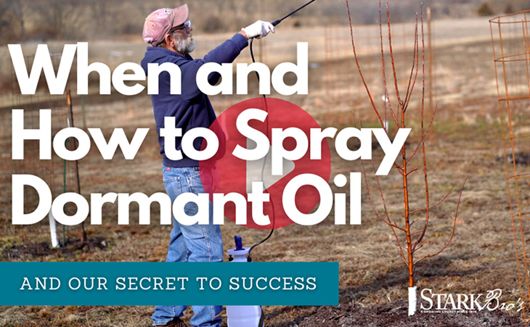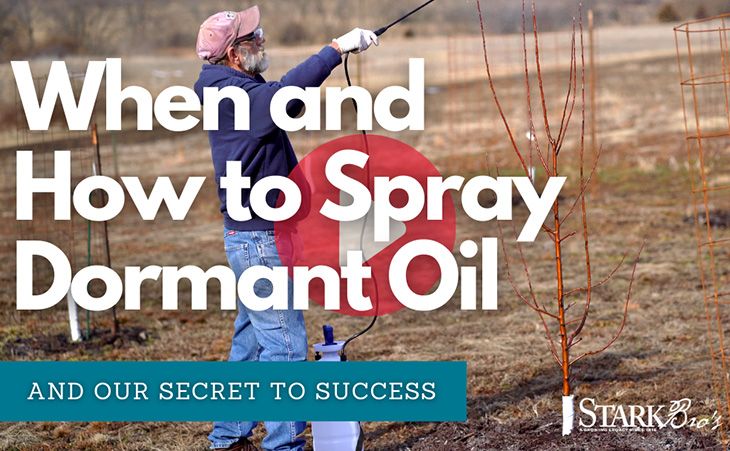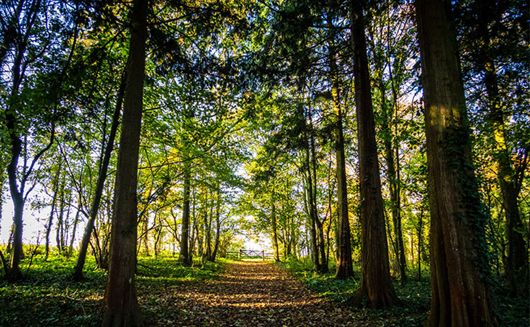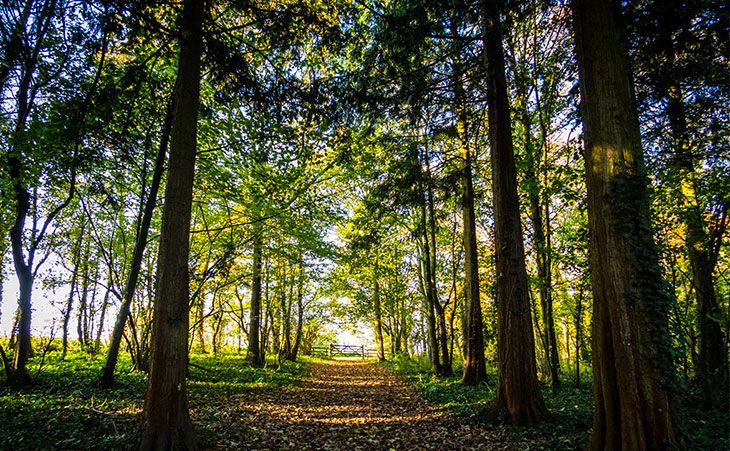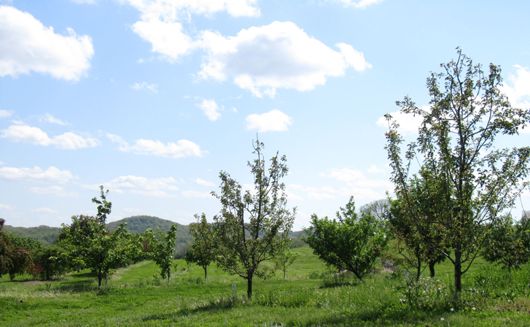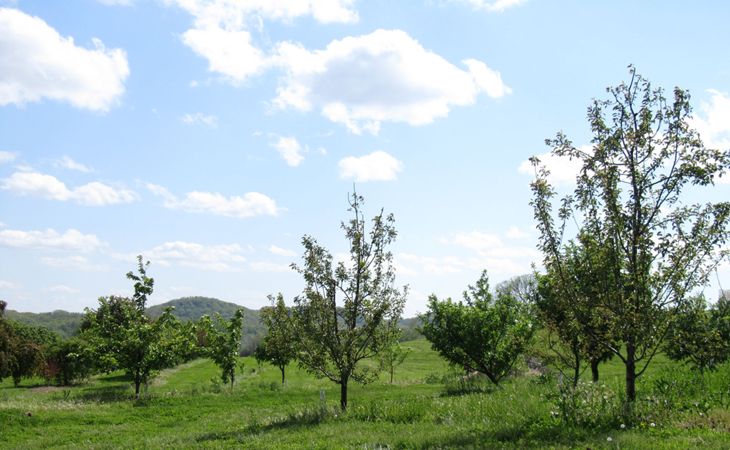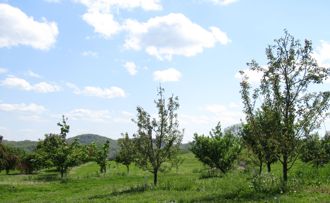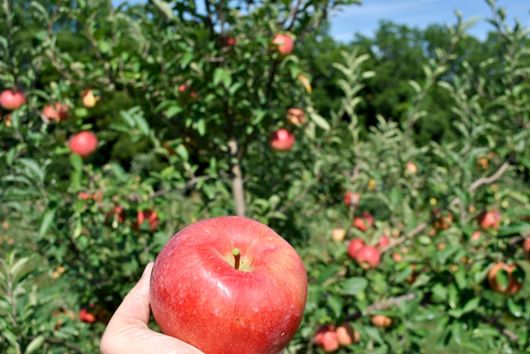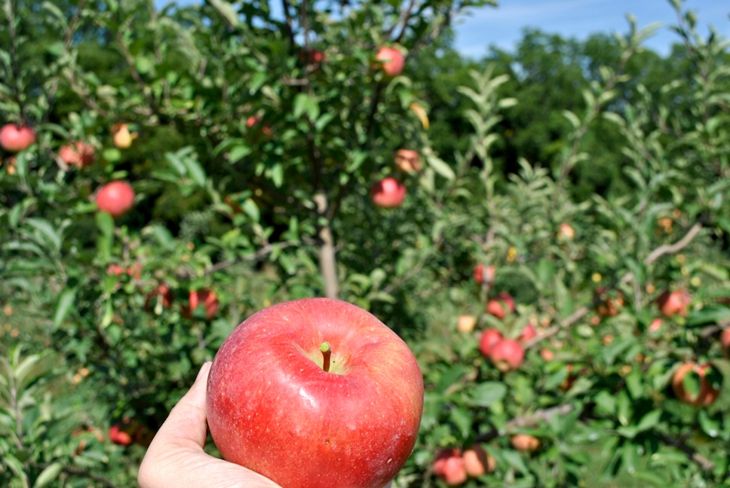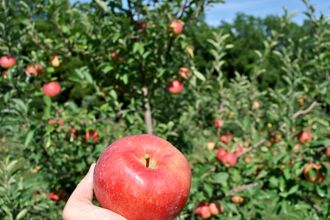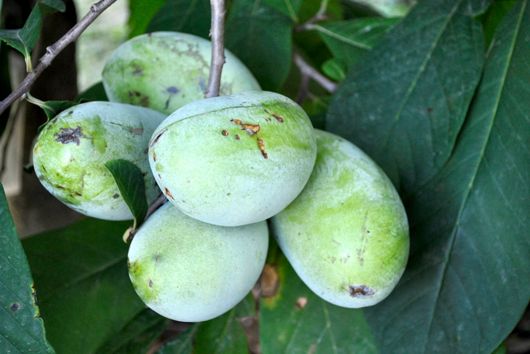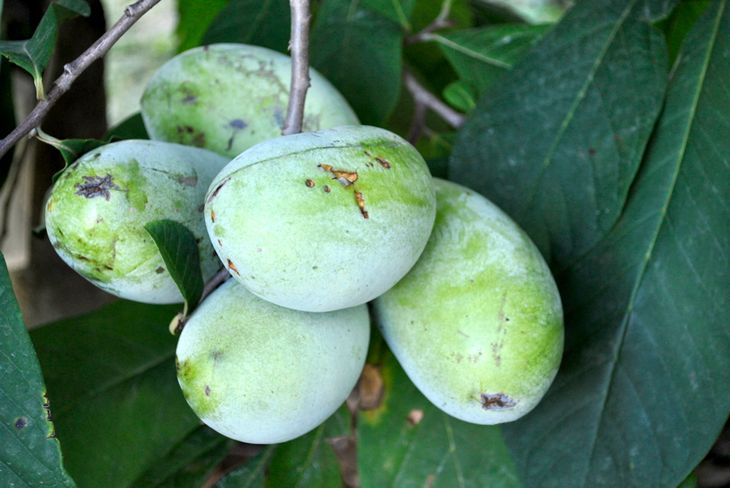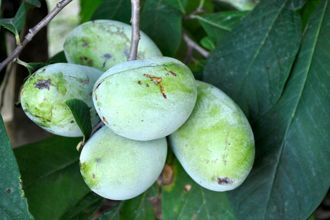Pawpaw Trees
Pawpaw Trees Buyer's Guide
Also known as the Indiana banana, American custard apple, and Asimina triloba, the pawpaw tree is a native North American fruit tree that produces tropical-like fruit with a rich, custard texture and flavor notes of banana, mango, and vanilla. Although pawpaws grow naturally in the U.S., their fruit remains rare in markets due to its short shelf life and the challenge of transplanting seed-grown trees.
Pawpaws grow best in the eastern and Midwest regions, where they are often found in woodland understories. These trees also support local wildlife—pawpaw leaves are the exclusive food source of the Zebra Swallowtail caterpillar, while their foliage is naturally deer-resistant, making them a smart choice for low-maintenance landscapes.
For successful planting, choose container-grown pawpaw trees, like those in Stark® EZ Start® pots, which provide strong, established root systems and higher transplant success.
Choosing the Right Pawpaw Tree
Zone Compatibility
Pawpaw trees thrive in USDA hardiness zones 4–8, which includes much of the U.S. Make sure your climate falls within this range to ensure healthy growth and fruit production.
Proper Pollination
Pawpaws are not self-pollinating—cross-pollination between two different pawpaw tree varieties is required to produce fruit. Without a second variety, even a mature tree may yield little to nothing. Plant at least two compatible trees for best results.
Mature Tree Size
Our pawpaw trees mature to about 15–25 feet tall and wide, making them suitable for home orchards, edible landscapes, and backyard food forests.
How to Grow Pawpaw Trees
- Soil: Prefers moist, fertile, well-draining soil with a pH between 5.5–7.0
- Sunlight: Needs partial shade when young, but full sun encourages best fruiting once established
- Watering: Requires consistent watering during the first few years for strong root development
- Fruiting Time: Grafted trees may begin fruiting in 3–5 years; seed-grown trees take longer
Why Grow Pawpaw Trees?
- Unique tropical flavor – Custard-like fruit with hints of banana, mango, and vanilla
- Cold-hardy native – Thrives in Zones 4–8 and supports native wildlife
- Pollinator-friendly – Host plant for the Zebra Swallowtail Butterfly
- Deer-resistant – Less attractive to deer than many other fruit trees
- Rare and rewarding – Fresh pawpaw fruit is nearly impossible to find in stores
Pawpaw Tree FAQs
Q: Do I need two pawpaw trees to get fruit?
A: Yes. You’ll need two different pawpaw varieties for proper cross-pollination and consistent fruit set.
Q: When will my pawpaw tree start bearing fruit?
A: Grafted trees usually bear fruit in 3–5 years. Trees grown from seed may take longer.
Q: When does pawpaw fruit ripen?
A: Pawpaws typically ripen in late summer to early fall, depending on your growing zone.
Whether you’re growing for fruit production, native landscaping, or to support pollinators, pawpaw trees are a low-maintenance, highly rewarding addition to any edible garden.
Products
 Out of Stock
KSU Chappell Pawpaw
Out of Stock
KSU Chappell Pawpaw
 Out of Stock
Mango Pawpaw
Out of Stock
Mango Pawpaw
 Out of Stock
NC-1 Pawpaw
$117.99
Out of Stock
NC-1 Pawpaw
$117.99
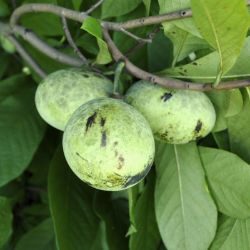 Out of Stock
Pennsylvania Golden Pawpaw
Starting at $65.99
Out of Stock
Pennsylvania Golden Pawpaw
Starting at $65.99
 Out of Stock
Perfect Pawpaw Tree Collection
$131.98
Out of Stock
Perfect Pawpaw Tree Collection
$131.98
 Out of Stock
Potomac® Pawpaw
$65.99
Out of Stock
Potomac® Pawpaw
$65.99
 Out of Stock
Prolific Pawpaw
Starting at $65.99
Out of Stock
Prolific Pawpaw
Starting at $65.99
 Out of Stock
Rappahannock® Pawpaw
$65.99
Out of Stock
Rappahannock® Pawpaw
$65.99
 Out of Stock
SAA Overleese Pawpaw
Starting at $65.99
Out of Stock
SAA Overleese Pawpaw
Starting at $65.99
 Out of Stock
Shenandoah™ Pawpaw
$65.99
Out of Stock
Shenandoah™ Pawpaw
$65.99
 Out of Stock
Sunflower Pawpaw
Starting at $65.99
Out of Stock
Sunflower Pawpaw
Starting at $65.99
 Out of Stock
Susquehanna® Pawpaw
Out of Stock
Susquehanna® Pawpaw
 Out of Stock
Tallahatchie® Pawpaw
$65.99
Out of Stock
Tallahatchie® Pawpaw
$65.99
 Out of Stock
Wabash® Pawpaw
$65.99
Out of Stock
Wabash® Pawpaw
$65.99
 Out of Stock
Wells Pawpaw
$69.99
Out of Stock
Wells Pawpaw
$69.99

